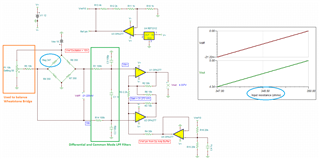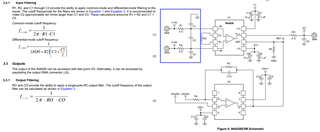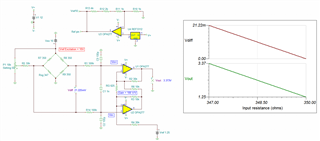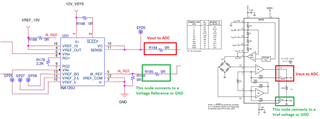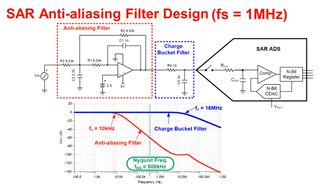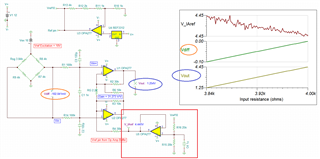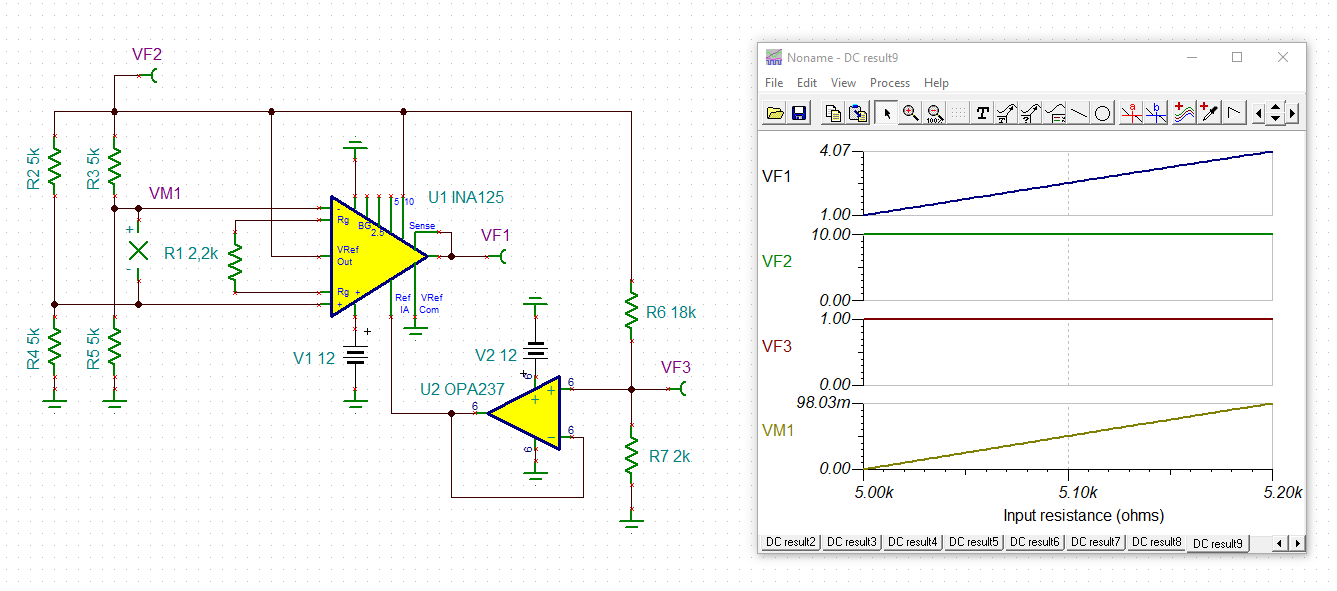Other Parts Discussed in Thread: INA826, ADS7142, REF200, TINA-TI
Hi
I'm implementing a readout circuitry for Wheatstone bridge based pressure sensor using circuitry shown below.

But we observed a loading effect at output pins of sensor and thus a reduction to 3mV from 17mV between Out+ & Out- pins when connected to INA125U IC. 17mV observed across Out +- pins when unconnected to J11(connector to which sensor is connected).
Pressure sensor Wheatstone bridge connections (sensor internal circuitry) is shown below.
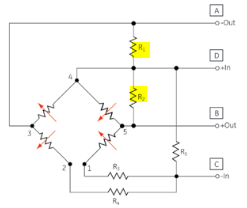
What could be the possible issue in this circuitry, do i need to check any impedance control in the path connecting J11 (connector to which sensor is connected) to INA125U input.
Please advice how to fix the same.



